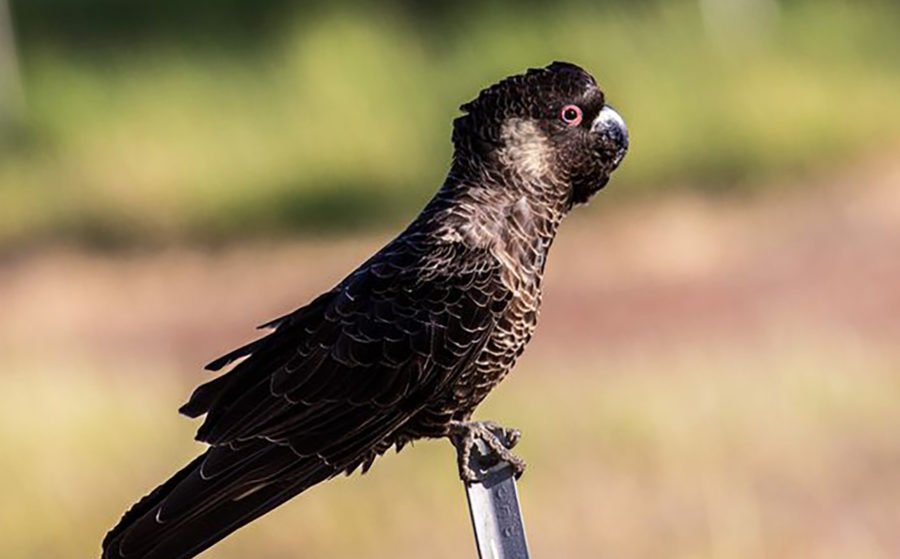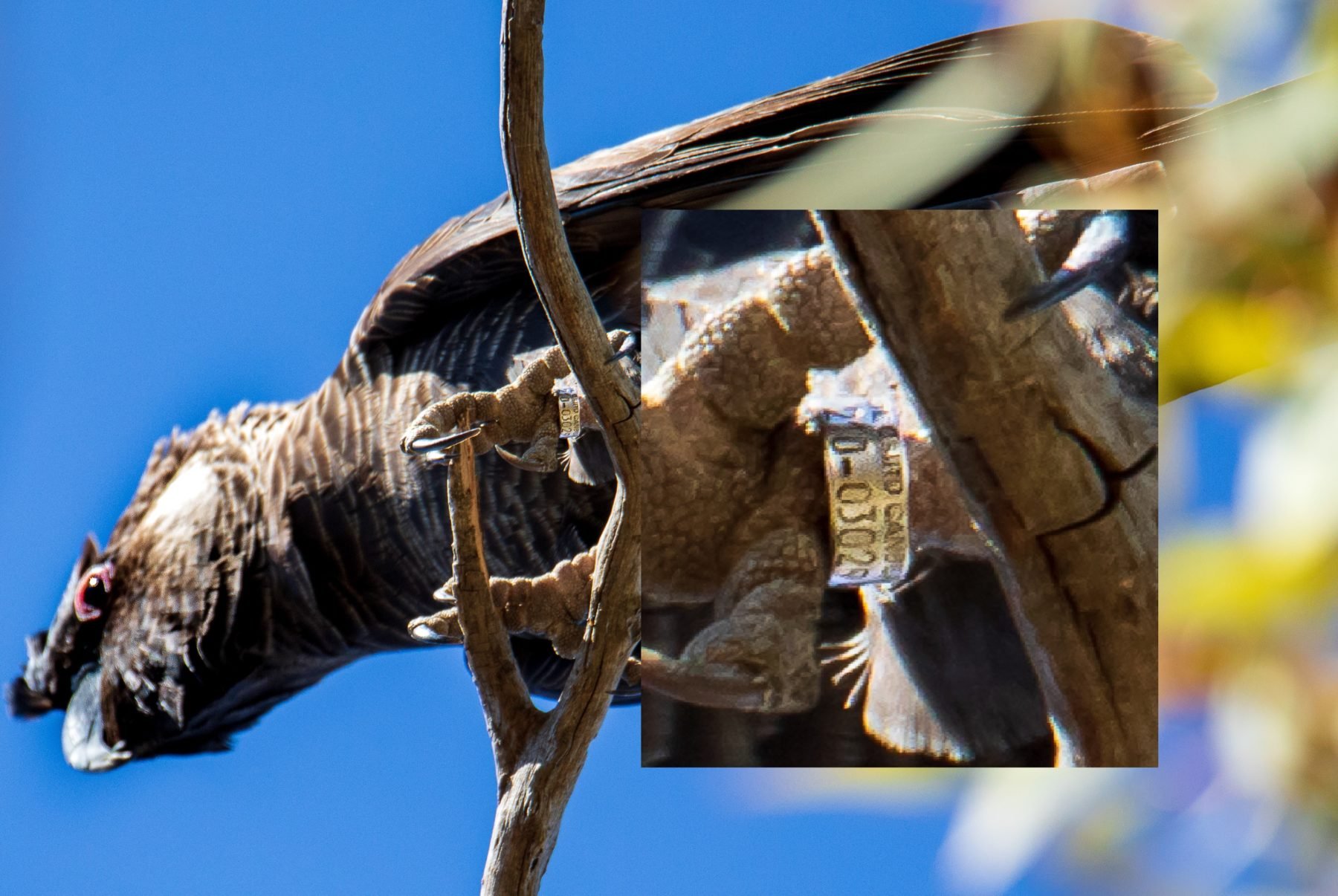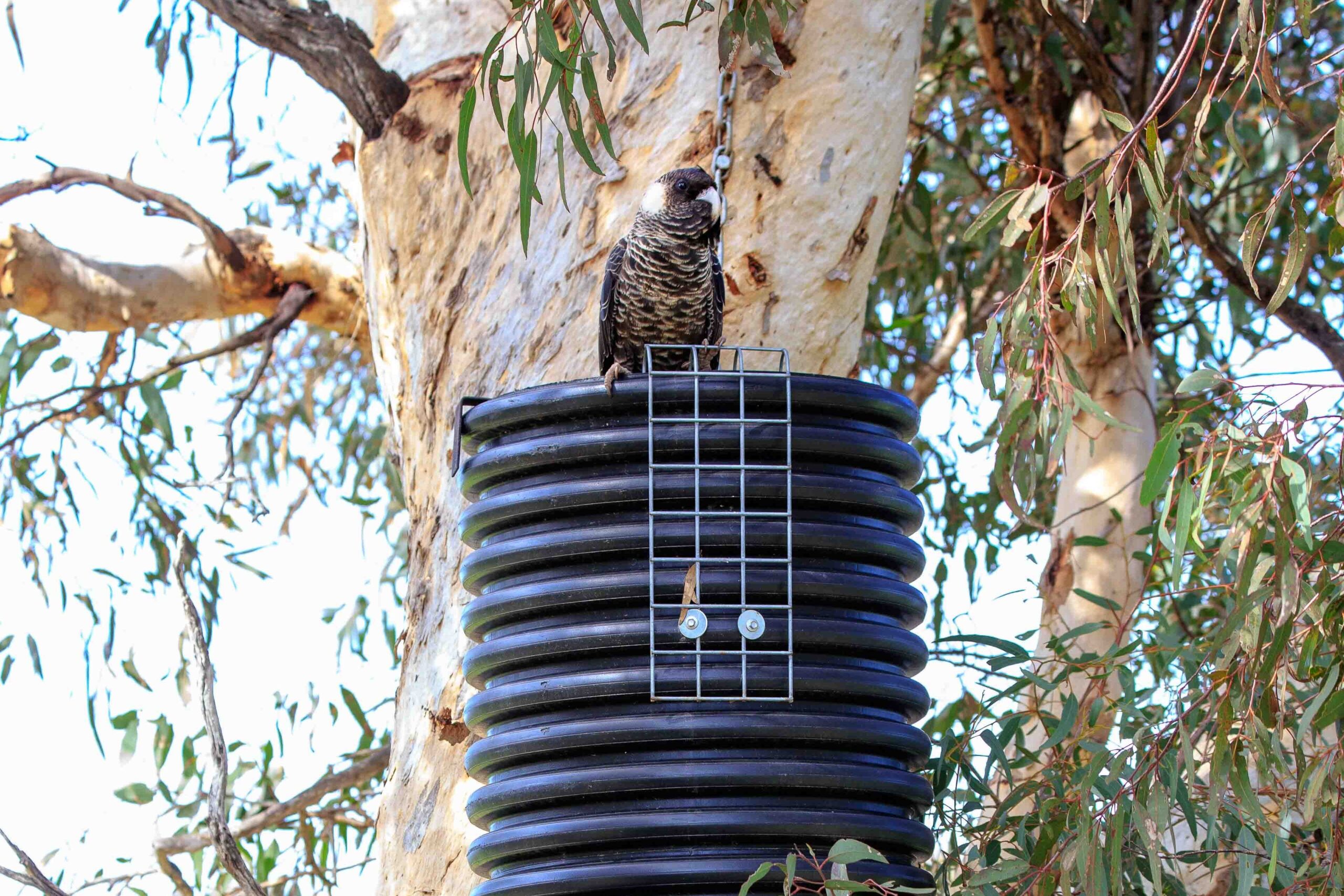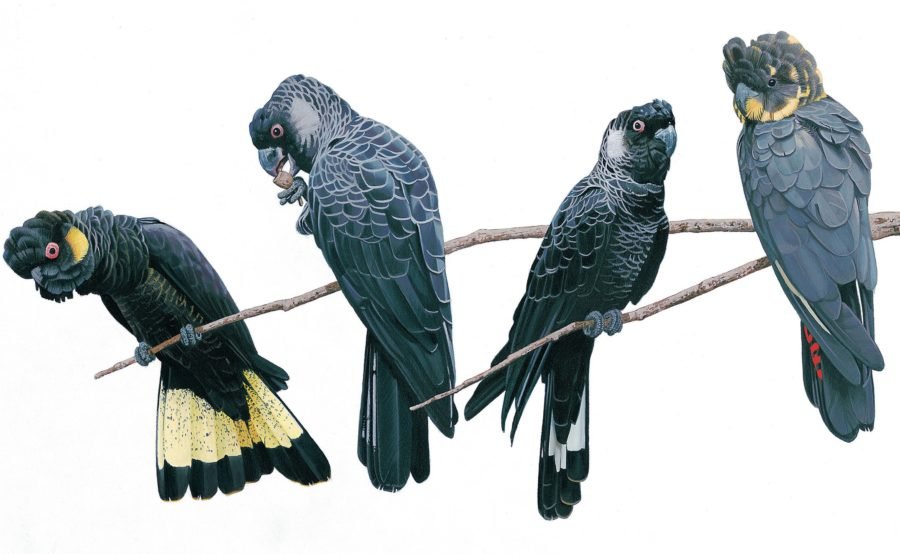‘I knew it was special straight away’: 35-year-old Carnaby’s black cockatoo is oldest-ever recorded in wild

The oldest Carnaby’s black cockatoo on record has been discovered among the population at Coomallo Creek in Western Australia’s midwest at a whopping 35-years-old!
Scientists were able to determine the age of the male bird by reading its leg band which dates back to 1986 and was attached to the bird as a nestling. Before this recent discovery, the oldest wild black cockatoo on record was in its early 30s.
“I knew it was special straight away,” says Rick Dawson, who’s been studying the Carnaby’s at Coomallo Creek for almost two decades. “We always believed they lived to between 30 to 40 years, but we hadn’t studied them long enough to know. And they could still get older.”

Monitoring of the Carnaby’s at Coomallo Creek was started by Carnaby’s black cockatoo expert Denis Saunders back in 1969. Since then, scientists have returned each year to survey nestlings, attach bands and record DNA.
Rick and his colleagues have also undertaken significant conservation efforts at the site such as installing artificial hollows.
“We recorded 42 breeding pairs back in 2009 and 132 in 2020,” he says. “That improvement comes from installing 80 hollows and repairs on natural hollows.
“We’ve spent so much time and effort and have had a marked improvement in breeding. I don’t think anyone in Australia can talk about an improvement that big.” And these particular Carnaby’s are breeding at an earlier age.
“Records had shown that Carnaby’s began breeding at four years old. Now, we’ve recorded Carnaby’s breeding at three years old, and we believe that’s because we’ve flooded the area with hollows.”

The 35-year-old male Carnaby’s was nesting in one of the artificial hollows when Rick spotted that the leg band was on the bird’s left leg (nowadays it’s mostly the right leg that’s banded). That’s when Rick got excited.
To confirm what he’d seen, Rick then had to photograph the number that ran around the band. “It took me 40 minutes, eight trees and over 200 photos to get everything I needed. But I wasn’t going to stop because I knew it was special.”
While the population of Carnaby’s at Coomallo Creek is faring well, according to BirdLife Australia its overall population has declined greatly in recent decades. The Western Australian Museum lists habitat loss as the biggest threat.
Rick believes that the conservation efforts at Coomallo Creek should be replicated elsewhere. “I think Coomallo Creek is a bit of a model now for anyone in Western Australia who wants to do something for Carnaby’s.”


